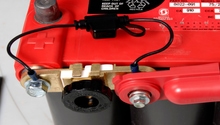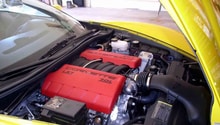C6 Corvette: How to Survive Dead Battery Syndrome (DBS)
Dead Battery Syndrome is a problem that can be managed. Read on to learn how.
This article applies to the C6 Corvette (2005).
Dead Battery Syndrome is something that has exclusively affected the manual transmission 2005 C6 Corvette. It isn't something that has been able to be replicated in any controlled settings by the folks at General Motors. Initially thought to have been a user error from not getting the car shut down properly, it continued to pop up and cause problems for many owners. Below are a few options you can turn to if this is a problem you think you are experiencing with your 2005 C6.

Materials Needed
- Basic ratchet set
Option 1 – PriorityStart! Battery Saver 12V ProMax
The guys and gals over at PriorityStart have been in business for over 18 years, and their product has been used by fleets of police cars, work vans, marine vehicles, and heavy duty earth movers; just about anything that runs on battery power. The idea behind the product is that it monitors the charge of the battery while whatever it is installed to isn't in use. Once the charge dips down to a set voltage, it disconnects the battery from the terminal. Meaning that when you get back to the car, you should be able to start the motor and not have a completely drained battery. The best part is you'll likely never know that it saved you. You don't have to manually turn it on or off. No opening the hood to set it up once installed. Simply get in and go. There is also no hard-wiring or permanent installation; you can remove it at any time and transfer it to another battery if you would like. The 12V ProMax plus holster starts around $140 on their website.
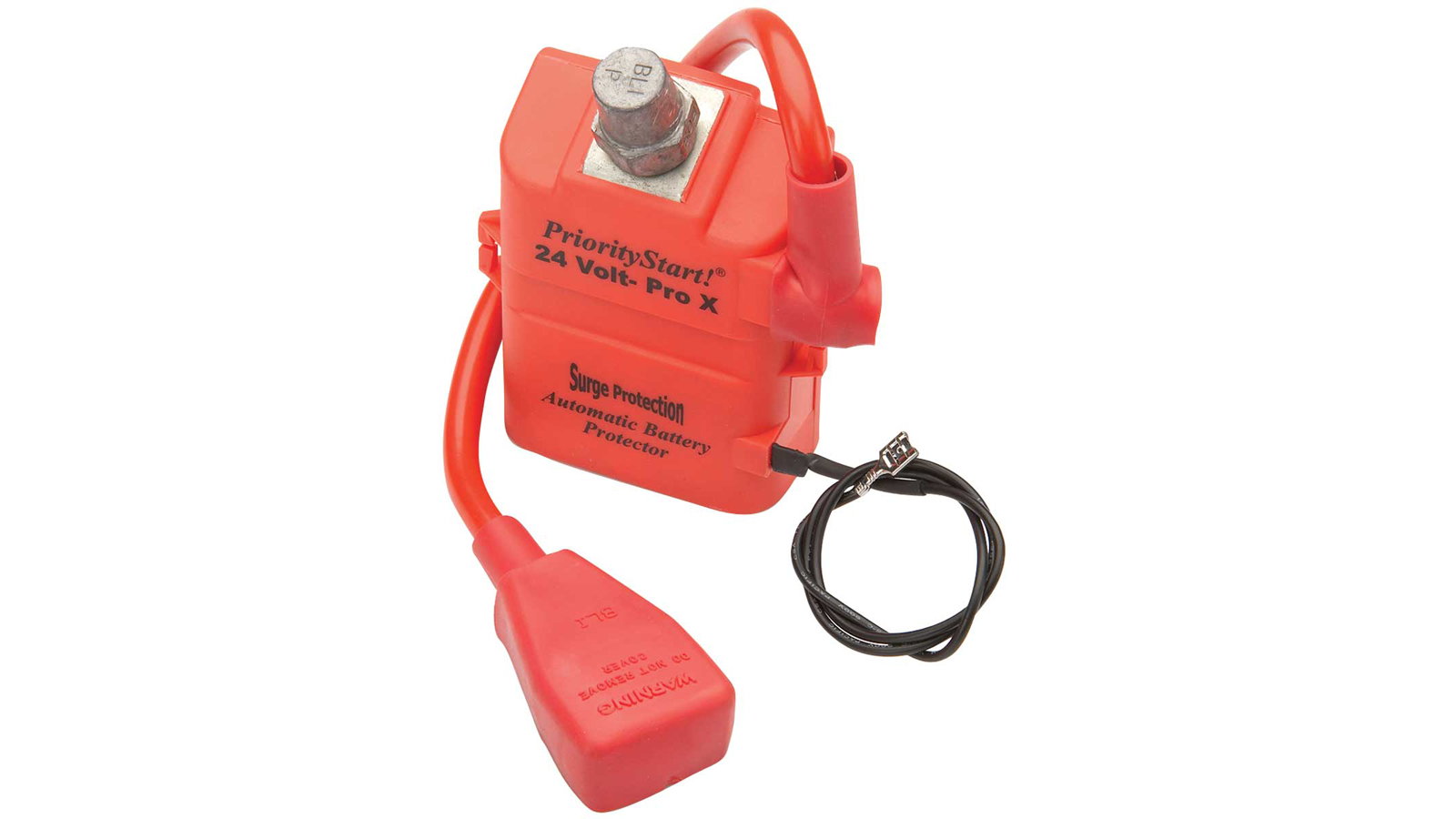
Pro Tip
This option is going to be the most expensive. You may want to splurge and purchase their secure strap to hold it in position while driving.
Option 2 – Trickle Charger aka Battery Tender and Battery Car Charger
A battery trickle charger is a good option. The cost of a trickle charger can vary from manufacturer, but generally ranges from $20 to over $50 depending on various options. The basic premise of the trickle charger is that you attach the leads to the positive and negative posts on your battery, then plug the charger into the nearest outlet. The biggest issue is that you'll have to install and un install the unit each time you need to use or park your car. If you are someone who doesn't drive much, this likely would be your best and least expensive option. Units are available at nearly any hardware store or location that sells engine batteries.
The battery car charger gets lumped in to this option because it is similar to the trickle charger. The main difference is that you typically do not want to leave a car charger attached to your battery over night. They are also portable in most cases and will charge a battery usually very quickly. Some people keep them in their trunks year round in the event of an emergency. Units range from $70 to over $100.
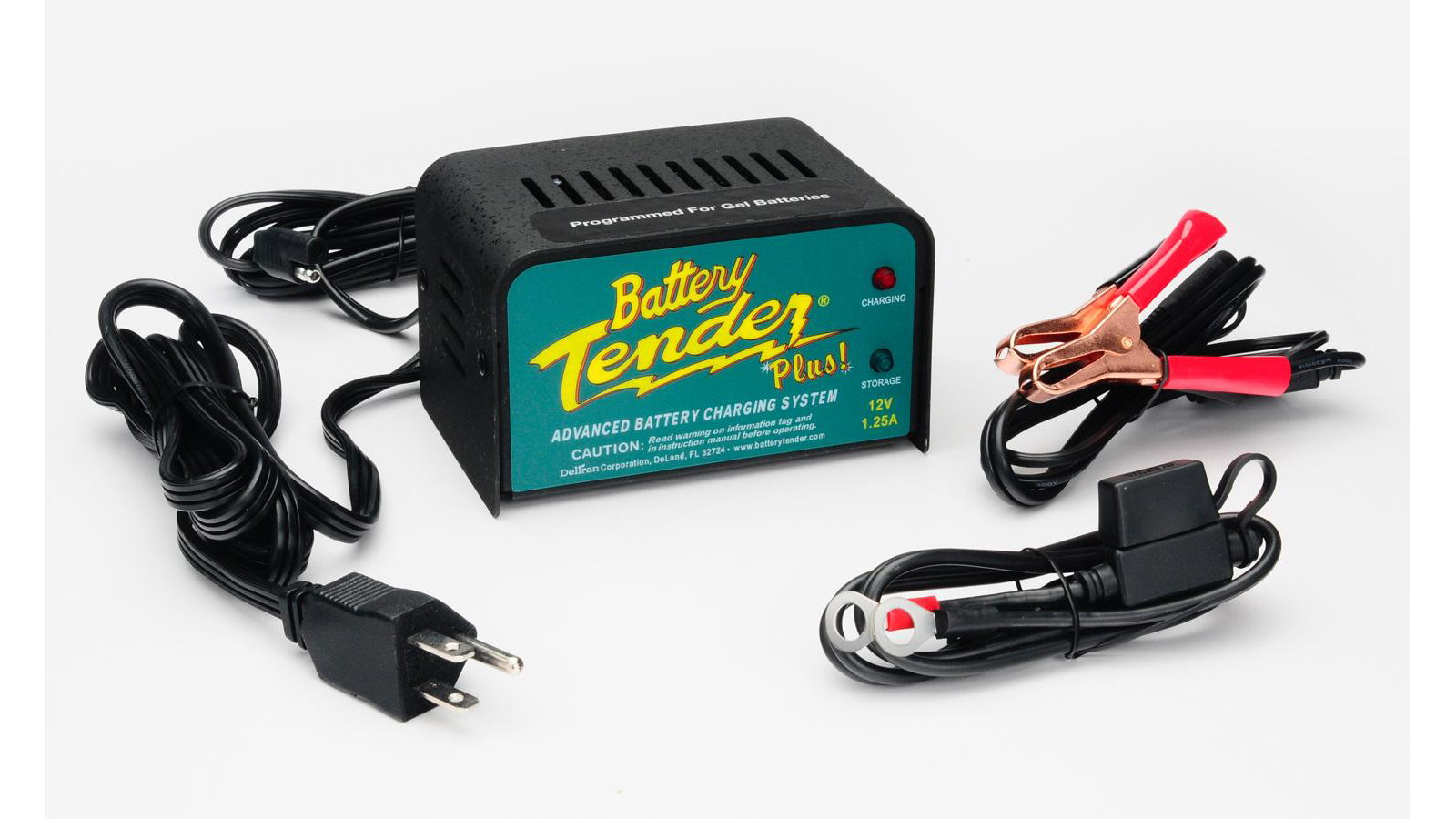
Option 3 – Dealership
Once GM figured out that this issue was relegated to mainly just manual transmission cars in the 2005 build, they were able to narrow down the issue and work on a fix. They actually put together a small taskforce to determine the cause. They finally came to the conclusion that there was an issue with the programming of the body control module, or BCM. The engineers figured out a patch and sent the repair to Chevrolet dealerships around the world. The subsequent "reflash," as it's called, takes only a few minutes and you should never have the problem again. The cost for this is generally a one hour labor rate at most dealerships.
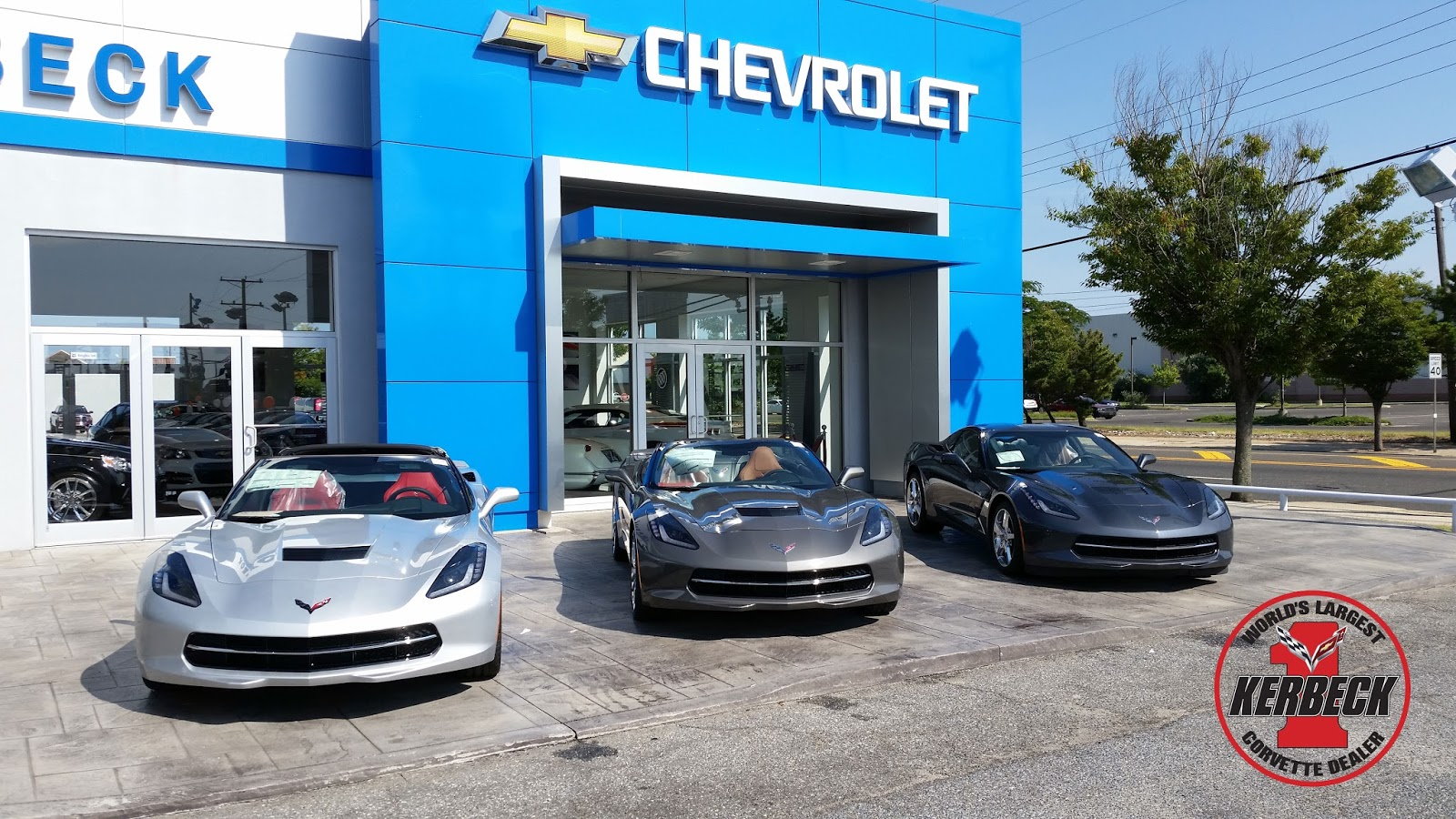
Pro Tip
The dealership option is the best long-term solution to DBS.
Related Discussions
- Dead Battery Syndrome - CorvetteForum.com
- Dead Battery Problems on 2005 - CorvetteForum.com

